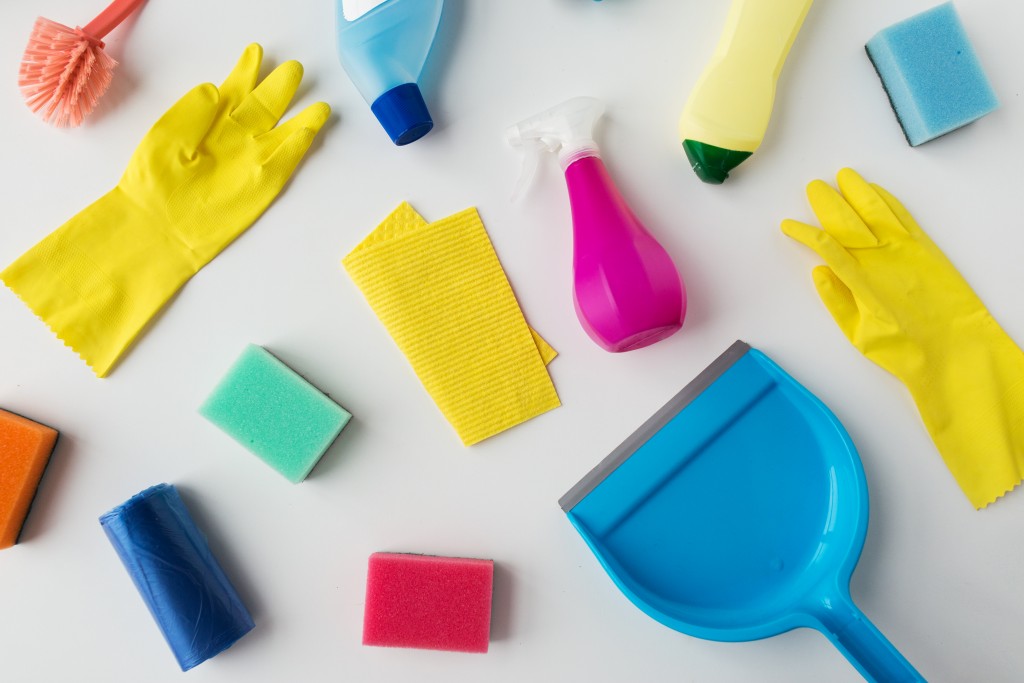The pandemic is still a looming reality. While many countries are slowly rolling out vaccinations, many areas have already set lockdowns and restrictions. In a report with USA Today, government officials are ruling out a set of restrictions on social distancing across the United States. The report said that more than 310 million Americans are being given directives to “stay at home” or “shelter in place.” Many health officials warn that easing restrictions too soon might result in new outbreaks.
It has already been a year since the COVID-19 pandemic changed the world as we know it, and research into the virus is still ongoing. It was already discovered early on that you could become infected by touching your mouth, nose, or eyes after you touch surfaces that are contaminated with the virus. While the virus may survive on these surfaces for a few hours or even up to several days, simple disinfectants may kill it. Here’s how to take protecting your home to the next level:
What is cleaning, disinfecting, sterilizing, and sanitizing?
You may have heard the words cleaning, disinfecting, sterilizing, and sanitizing being thrown around a lot during these times. While these terms may all sound the same, they must not be used interchangeably to avoid confusion. When one says cleaning, it does not promise to remove or kill the pathogens on contaminated surfaces. Cleaning is simply the process of removing soils like dirt, dust, and blood off a surface, thus preparing it for disinfection and somehow restoring the surface back to its original appearance.
CMM further says that when you sanitize a surface, you remove 99.9% of select bacteria on a surface. However, sanitizers cannot kill viruses such as the COVID-19 coronavirus. You may use sanitizers to remove germs on soft surfaces, such as beddings and upholstery.
The process of disinfection involves the use of chemicals that have a minimum of a 6-log kill rate. Disinfecting surfaces removes and kills more pathogens compared to sanitizing and cleaning.
When you sterilize a surface, you are removing 100% of microbes on a surface. This is often used on healthcare equipment as well as non-porous surfaces such as operating tables.
Air Duct Cleaning VS UV Light Cleaning

Since the advent of the pandemic, health care experts have emphasized taking additional measures into cleaning and disinfecting your home and workplaces, since these are the places that you tend to spend most parts of your day. You might not be aware of it, your air duct system might be contaminated with germs and viruses that can bring harm to you and your loved ones.
In fact, research says that indoor air is oftentimes more polluted than outdoor air. With that being said, you might want to look into the benefits of air duct cleaning or UV light cleaning.
According to the United States Environmental Protection Agency, duct cleaning would refer to the cleaning of the various heating and cooling system components of forced air systems, such as diffusers, drip the air handling unit housing. If you or one of the members of your household is suffering from unexplained symptoms that you think might be related to the environment in your home, you should consult with your doctor. You may consider having your air ducts cleaned because air ducts will get dirty over time and will be in need of cleaning.
On the other hand, UV light cleaning makes use of UV (ultraviolet) light to sanitize products and rid your household items and tech of germs that can cause harm to your health. According to the FDA, UVC radiation is a popular disinfectant for air and water. It has been known to reduce the spread of bacteria, such as tuberculosis. However, the effectiveness of UVC lamps versus the COVID-19 virus remains to be seen simply because there is limited data regarding the wavelength, dose, and duration of UVC radiation needed to kill the virus.
In preventing the spread of the virus and safeguarding yourself and your loved ones. It is always best to consult with the experts. While there is no harm in looking into alternative methods of disinfecting your homes, leave those to the hands of the professionals. If you are familiar with how these things work, you can do more harm than good.
It is always best to practice social distancing, the proper use of face coverings, effective hand washing techniques, as well as limiting moving around from place to place in order to prevent the spread of the virus.

